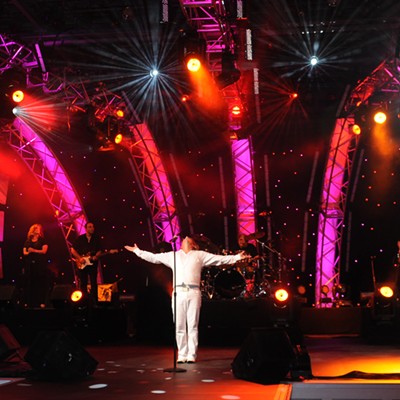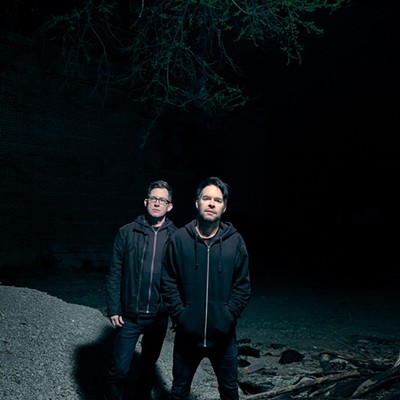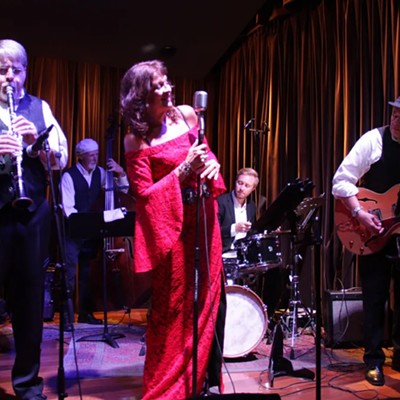Such is the significance of this singing group, formed 40 years ago by Joseph Shabalala in his tiny hometown of Ladysmith, South Africa.
Along with such acts as Fela Kuti, King Sunny Ade, Miriam Makeba and Mahlathini and the Mahotella Queens, Ladysmith is one of only a handful of African bands to have achieved international acclaim and influence.
Now recognized the world over as emissaries of traditional South African culture, Ladysmith Black Mambazo will bring its rich, mostly a cappella vocals to Tucson for a performance Sunday night, Jan. 23, in UA's Centennial Hall.
This style of music was developed in the 19th century by low-paid laborers who entertained each other late at night on their one day off per week from work in South African diamond mines. The performers were dubbed "tip toe guys" because when singing they learned to accompany themselves with light-footed dance steps quiet enough not to wake mining camp security guards.
The music was called isicathamiya, and when it spread to South African townships and resulted in competitions among different ensembles, it became known as "township jive." Sounds not unlike the "cutting contests" among vintage jazz artists and the throw-downs of early hip-hop music, no?
This element of South African pop-folk culture still exists today, and Shabalala was exposed to it in the 1950s while working in a factory in the urban sprawl of Durban.
When he returned to his hometown, he formed a group comprising family and friends and dubbed it Ladysmith Black Mambazo. The word "black" referred to black oxen, the mightiest on the farm, while "mambazo" means "ax" and symbolizes Ladysmith's ability to "chop down" other similar groups in local competitions.
After performing regionally through most of the 1960s, the group scored a radio appearance in 1970, from which came their first record deal. More than 40 albums have followed, selling in excess of six million units worldwide.
Most Americans know Ladysmith Black Mambazo for its appearance on Paul Simon's 1986 album, Graceland, which brought world music to mainstream attention. Simon also produced the group's first American release, Shaka Zulu, which won the 1987 Grammy Award for best traditional folk album. Since then, Ladysmith has been nominated for the same award six more times--most recently for their 2001 album, Live From Royal Albert Hall.
A 2001 documentary film about the group, On Tip Toe: Gentle Steps to Freedom, brought the group more attention in the new century. That film was nominated for an Oscar for best short documentary and an Emmy for best cultural documentary.
In the summer of 2002, Ladysmith was invited to perform for Queen Elizabeth at the 50th anniversary of her monarchy. The London concert also featured Eric Clapton, Rod Stewart, Joe Cocker, Phil Collins and Paul McCartney.
Obviously, Paul Simon was only the first of many artists from outside African to collaborate with the group. Ladysmith Black Mambazo has also appeared with Stevie Wonder, Dolly Parton, Julia Fordham, Des'ree, George Clinton, Russell Watson, Ben Harper, Michael Jackson and the Sesame Street Muppets.
Last year, record buyers found a new Ladysmith album, Raise Your Spirit Higher, in stores. But another is due to be released this Tuesday, Jan. 25. Called No Boundaries, it is a collaboration with the English Chamber Orchestra.







